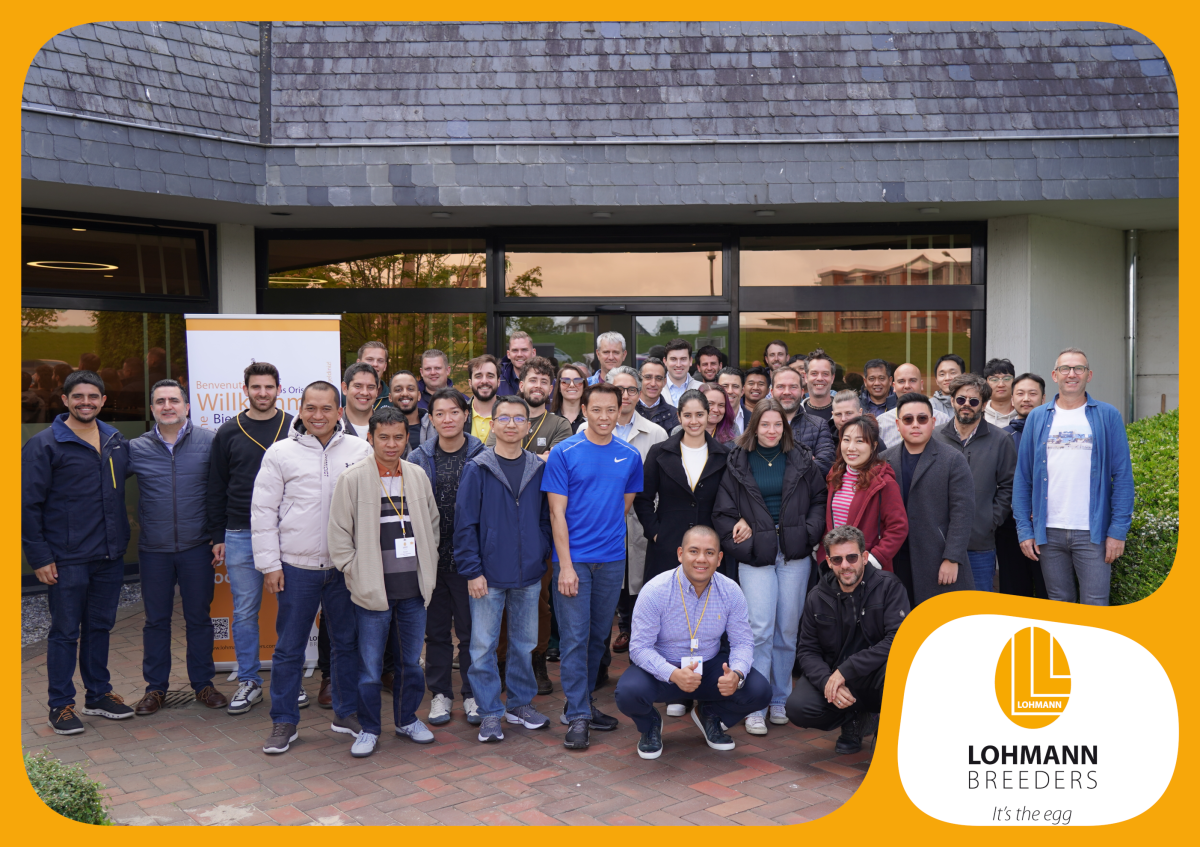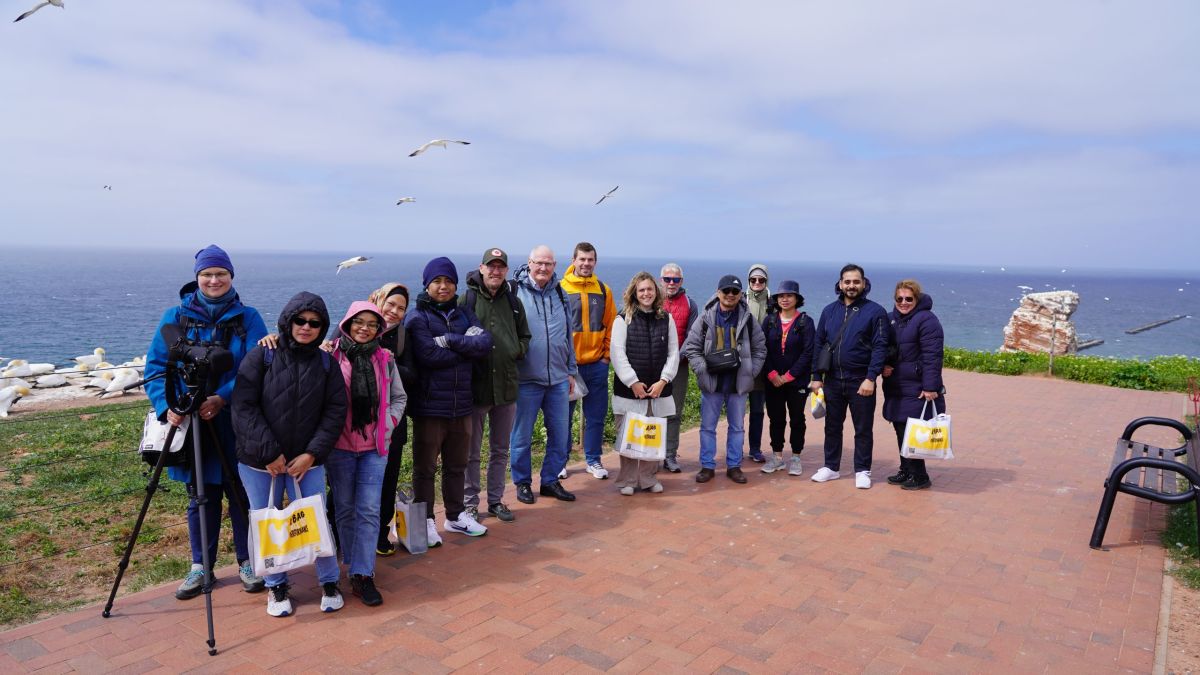Introduction
A detailed and extensive report was written by Voss (2007) on the legal background on combating Salmonella in the EU and the resulting timeframe.The results of the baseline studies in the individual EU member states serve as the basis for determining the Community targets to reduce the prevalence of Salmonella. In order to achieve these targets the member states must develop “national combat programmes” which must be submitted to the EU Commission for approval.
The complexity of the measures results from the epidemiological – infectiological properties of the pathogenic agent which can lead to the three infection mechanisms observed (Blaha, 2008):
1. Vertical infection path: Placement of young animals which were already infected at the breeding establishment (e.g. hatching eggs). Thus, the Salmonella is introduced via the animals from the previous stage in production.
2. Horizontal infection path: At some point in time Salmonella is carried „from outside“ into a Salmonella-free flock (humans, rodents, feed, water, litter, etc.)
3. Circulation of the infection: Infected animals shed Salmonella intermittently and thus contaminate the environment in the house with the result that other animals can now become infected directly or indirectly.
The permanent circulation of Salmonella over several production cycles then leads to residual Salmonella strains that are not removed by the regular cleaning and disinfection procedures at the end of a production cycle so that new animals introduced into the cleaned and disinfected barns and houses become infected with these residual Salmonella strains (similar to the phenomenon of the „hospitalism“ that may occur in hospitals, but without its additional problem of the resistance against disinfectants and antimicrobials in the bacteria in question) although the original source of entry no longer exists.
For this reason Salmonella can only be reduced successfully when founded upon a targeted (riskoriented) analysis of the Salmonella-specific weak points in the production chain. The analysis should identify the location and elimination of all possible sources of entry and reservoirs for Salmonella.
Within a research project « Holistic approach to combating zoonotic pathogens in poultry », which is subsidised by the Ministry of Agriculture and Economics, Lower Saxony (Landwirtschafts- und Wirtschaftsministerium Niedersachsen) and partly by EU means, specific studies were carried out on the sanitation of Salmonella in broiler farms.
In the process extensive observation and monitoring measures were developed and tested for their suitability for practical use. Furthermore, hygiene analyses and their microbiological evaluation were established.
Materials and methods
Holding: 2 broiler houses, each with a capacity for 27 000 broilers (1 conventional closed house, 1 open ‘Louisiana’ house)Salmonella status prior to the intervention measures
Salmonella Java (S. Paratyphi B, d-Tartrat +) from sock swabs (in accordance with EU Regulation 646/2007) and ambient samples (house environment, nipple drinkers) Pathogen has been persistent in the house over a longer period
Risk-oriented analysis
• Formulation of a questionnaire to record the specifications of the holding during the initial visit. Epidemiological questions on the risk assessment of sources of entry Questions on cleaning and disinfection procedures to assess the anti-infective measures Questions on parameters determining health and performance Hygiene analysis and quantitative evaluation of the hygiene status (Hygiene Index) Consideration of 3 weighting factors of certain risk areas Three-step evaluation of certain risk areas for the external and internal protection of the holding• Control and evaluation of the cleaning and disinfection measures Procedural analysis of the measures Swab samples from critical points and quantitative analysis of indicator organisms
• Control and evaluation of rodent and insect control Procedural analysis Monitoring the documentation
• Specific systematic examination of sources of entry and pathogen reservoirs Close-meshed monitoring during the production phase (weekly sock swabs, starting from the 1st week of life) and ambient samples
Results
• The source of entry had disappeared by the time the project started. The pathogens were circulating in the flocks.• The disinfection of the house surfaces proved to be successful.
• The hygiene analyses were able to detect various weak points (evidence of enterobacteria in the drinkers in the conventional house; Evidence of S. Java in the drinkers in both houses on placement of the animals, but not, however, before the water filters, inadequate staff hygiene, shortcomings in the cleaning and disinfection of the pre-rooms, shortcomings in handling carcasses, removal of pets from the holding)
• Inconsistent rodent control was identified as the cause of the establishment of Salmonella in the flocks.
Procedure:
• Improvement of the hygiene status by making constructional amendments (thermal insulation, renewal of the feeders in the conventional house, relocation of the carcass box, regular disposal of all carcasses into the box)• Staff hygiene Instruction on the necessity of the measures, establishment and management of facilities for the disinfection of hands and shoes) Extensive cleaning and disinfection measures during the service period, including the microbiological control of the success Drinking water management: extensive cleaning and disinfection of the system (alkaline cleaning to remove the biofilm, disinfection using organic peroxides) including filters and heating loop Constructional amendments (e.g. regular inclusion of the heating loop in all hygiene measures, exchange the water filter insert) Daily rinsing of drinker lines with fresh water over the entire production cycle Use of acid mixtures to disinfect drinking water from the 4th day of life
Following the implementation of the complex measures with intensive monitoring (weekly sampling) no S. Java could be isolated on the farm for the duration of 3 production cycles to date.
Discussion
The monitoring system which has been developed and extended is suitable in its individual parts to assess the risk of spreading zoonotic pathogens in broiler holdings, to identify the infection path and to deduce appropriate measures. With the help of these measures it was possible to improve the hygiene status, to sanitize the flock and minimise the risk of re-entry.For the sanitation of broiler holdings which have tested positive on several occasions it is necessary to carry out complex, simultaneous hygiene measures which cover all vectors and reservoirs. In addition to organisational and constructional amendments it is necessary to carry out extensive cleaning and disinfection measures as well as effective rodent control measures, the success of which must be controlled and documented regularly. The advising veterinarian as well as the farmer and his adviser must jointly establish individual steps in conjunction with the sanitation of the flocks and work on their implementation. In the sanitation process the routine hygiene measures are equally as important as lowering the pressure of infection and eliminating the pathogens during the service period.
The main aspects in connection with Salmonella-related problems are the insufficient knowledge of the farmer and his adviser on epidemiological correlation and the evaluation of hygiene measures. taff hygiene measures are often carried out inadequately and are difficult to establish. As a result of long-term persistence and its high tenacity S. Java is able to hospitalise in the houses (Bolder, 2004) and thus represents a permanent source of infection for the chicks.
The sanitation of the flock was carried out on the basis of a risk-oriented hygiene analysis and evaluation. After the shortcomings had been remedied and in particular after the drinking water management had been optimised there were no further findings of S. Java.
In order to maintain this status all measures must be maintained and checked regularly by carrying out audits.
Blaha, T. (2008): Salmonellenbekämpfung in Nutztierbeständen – Herausforderung und Chance für den tierärztlichen Berufsstand. Deutsches Tierärzteblatt 7/2008, 906-908.
Bolder, N. (2004): Salmonella control in broiler flocks. Proceedings International Society for Animal Hygiene, Saint Malo, 2004, 519-520.
Voß, M. (2007): Control of Salmonella and other zoonotic agents in the European Community – current status of legislation. Lohmann Information, 42 (1), 18 – 28.
Commission Decision (EC) No 646/2007 of 12 June 2007 implementing Regulation (EC) No 2160/2003 as regards a Community target for the reduction of the prevalence of Salmonella typhimurium and Salmonella enteritidis in broilers and repealing Regulation 1091/2005 Official Journal of European Union 2006, L 151/2113.06.2007
Zusammenfassung
Holistische Maßnahmen zur Salmonella – Bekämpfung in MasthähnchenfarmenIm Rahmen eines Forschungsprojektes „Ganzheitlicher (Holistischer) Ansatz zur Bekämpfung von Zoonoseerregern beim Geflügel“, welches durch das Landwirtschafts- und Wirtschaftsministerium Niedersachsen und teilweise durch EU Mittel gefördert wird, wurden zielgerichtete Untersuchungen zur Salmonella – Sanierung von Masthähnchenbetrieben durchgeführt. Dabei wurden umfangreiche Beobachtungs- und Überwachungsmaßnahmen entwickelt und auf die Eignung bei der praktischen Anwendung geprüft sowie Hygieneanalysen und deren mikrobiologische Bewertung etabliert.
Das entwickelte erweiterte Monitoringsystem mit den einzelnen Bestandteilen ist geeignet, das Risiko der Verbreitung von Zoonoseerregern in Masthähnchenbetrieben zu bewerten, Infektionswege zu erkennen und entsprechende Maßnahmen abzuleiten. Mit Hilfe dieser Maßnahmen ist es gelungen, den Hygienestatus zu verbessern, den Bestand zu sanieren und das Risiko eines erneuten Eintrags zu minimieren







